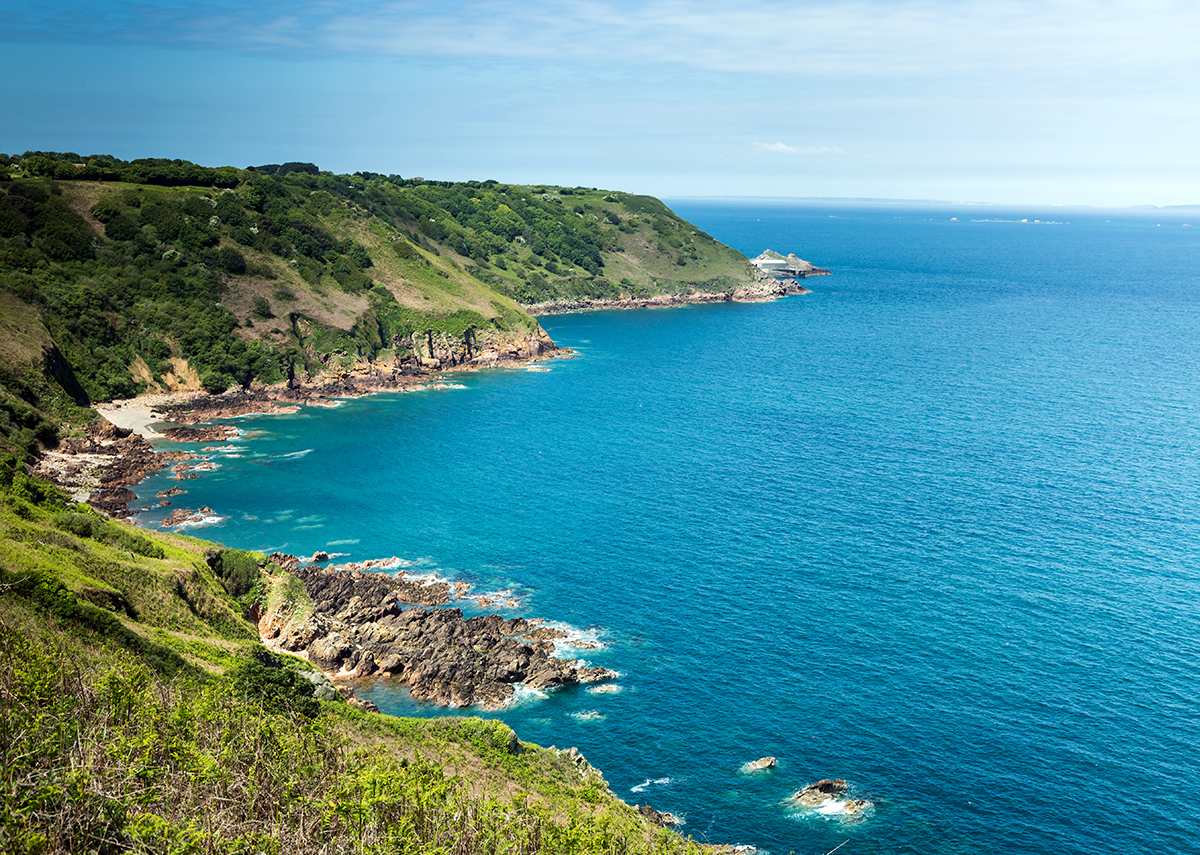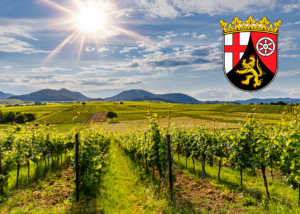
Island of Jersey
Jersey The Bailiwick of Jersey is an island and self-governing British Crown Dependency near the coast of north-west France. It is the largest of the Channel Islands and is 22 kilometres (14 mi) from the Cotentin peninsula in Normandy. The Bailiwick consists of the main island of Jersey and some surrounding uninhabited islands and rocks including Les Dirouilles, Les Écréhous, Les Minquiers, and Les Pierres de Lecq.
Jersey was part of the Duchy of Normandy, whose dukes became kings of England from 1066. After Normandy was lost by the kings of England in the 13th century, and the ducal title surrendered to France, Jersey remained loyal to the English Crown, though it never became part of the Kingdom of England.
Jersey is a self-governing parliamentary democracy under a constitutional monarchy, with its own financial, legal and judicial systems, and the power of self-determination. The island has a separate relationship with the Crown than the other Crown Dependencies and the Lieutenant Governor represents the Queen there. Jersey is not part of the United Kingdom, and has an international identity separate from that of the UK, but the UK is constitutionally responsible for the defence of Jersey.
The island has a large financial services industry, which generates 40% of its GVA. British cultural influence on the island is evident in its use of English as the main language and Pound sterling as its primary currency. Additional British cultural commonalities include driving on the left, access to British television and newspapers, a school curriculum following that of England, and the popularity of British sports, including cricket. The island also has a strong Norman-French culture, such as its ancient Norman language Jèrriais and place names with French or Norman origins. The island has close cultural links with its neighbouring islands in the Bailiwick of Guernsey. Jersey and its people have been described as a fictional nation.
The Channel Islands are mentioned in the Antonine Itinerary as the following: Sarnia, Caesarea, Barsa, Silia and Andium, but Jersey cannot be identified specifically because none corresponds directly to the present names. The name Caesarea has been used as the Latin name for Jersey (also in its French version Césarée) since William Camden’s Britannia, and is used in titles of associations and institutions today. The Latin name Caesarea was also applied to the colony of New Jersey as Nova Caesarea.
Andium, Agna and Augia were used in antiquity.
Scholars variously surmise that Jersey and Jèrri derive from jarð (Old Norse for „earth“) or jarl (earl), or perhaps the Norse personal name Geirr (thus Geirrsey, „Geirr’s Island“). The ending -ey denotes an island (as in Guernsey or Surtsey).
Knit fabric Jersey
Jersey is a knit fabric used predominantly for clothing manufacture. It was originally made of wool, but is now made of wool, cotton, and synthetic fibers.The fabric can be a very stretchy single knitting, usually light-weight, jersey with one flat side and one piled side. When made with a lightweight yarn, this is the fabric most often used to make T-shirts.
Or it can be a double knitted jersey (interlock jersey), with less stretch, that creates a heavier fabric of two single jerseys knitted together to leave the two flat sides on the outsides of the fabric, with the piles in the middle. Interlock jersey is sometimes used as a more formal alternative knit to the traditional piqué knit for polo shirts, and is generally the preferred knit for those made from pima cotton.
Since medieval times, Jersey, Channel Islands, where the material was first produced, had been an important exporter of knitted goods and the fabric in wool from Jersey became well known.
In 1916, Gabrielle „Coco“ Chanel upset the fashion industry by using jersey at a time when it was strictly associated with underwear. „This designer made jersey what it is today—we hope she’s satisfied,“ said Vogue in 1999. „It’s almost as much part of our lives as blue serge is.“
Jersey is considered to be an excellent fabric for draped garments, such as dresses, and women’s tops.
The following types of jersey can be distinguished:
- Single jersey
- Double jersey
- Interlock jersey
- Jacquard jersey
- Clocqué jersey
- Stretch jersey
Reference *11082021-5












